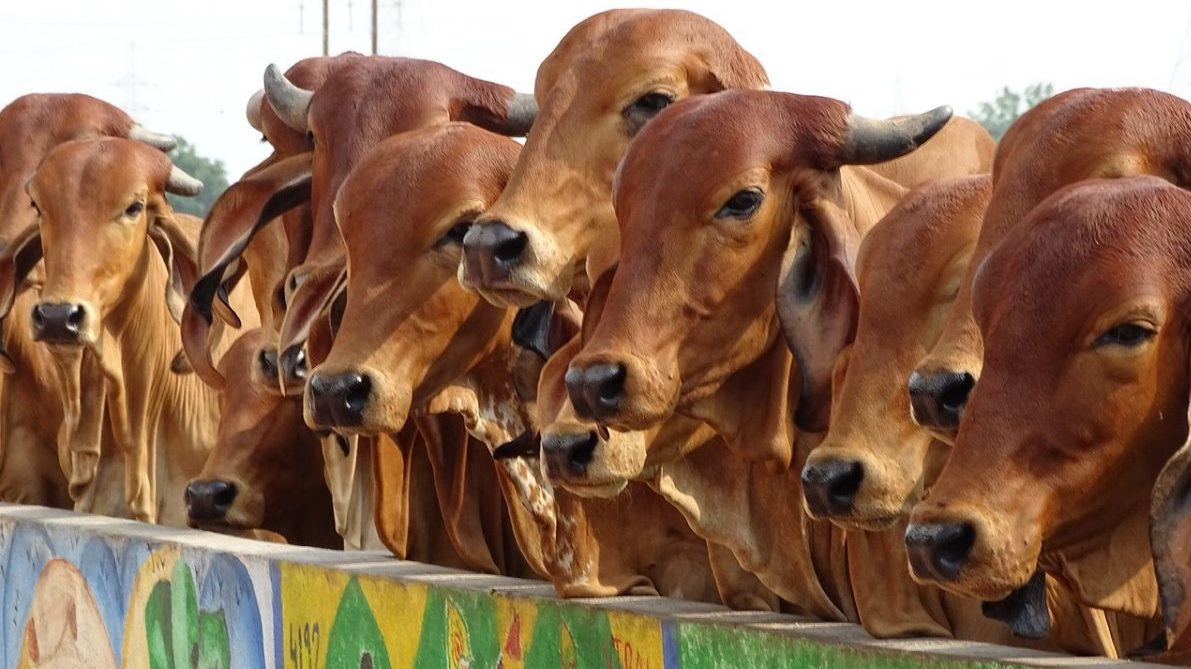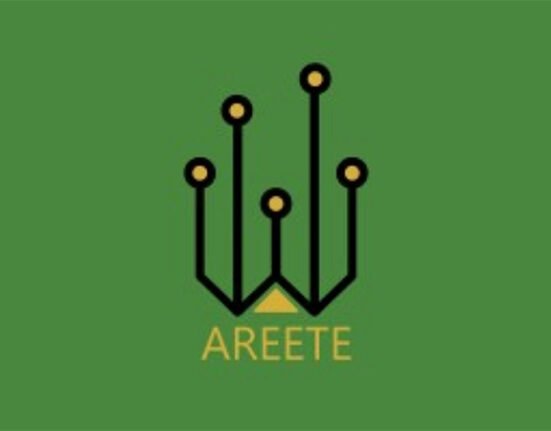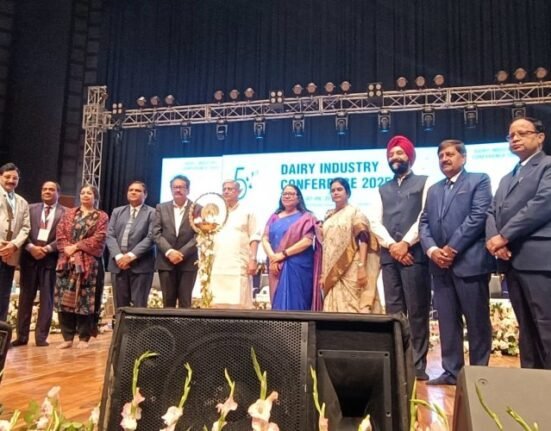India, which once transformed its dairy sector through the White Revolution, is now witnessing the rise of a Brown Revolution centred on soil regeneration, sustainable farming, and cow-based rural enterprise. After years of chemical-intensive agriculture degrading soil fertility and reducing farm incomes, this new movement emphasises restoring ecological balance rather than merely increasing output. At its core is the cow-based economy, which converts cow dung, cow urine, and agricultural waste into biogas, organic fertilisers, nano-nutrients, eco-friendly materials, and natural pest repellents, offering farmers low-cost inputs and new income streams.
Gujarat is at the forefront of this transformation. The Gaumutra Dairy in Banaskantha buys 1,000 litres of cow urine daily to produce organic fertilisers, with plans to scale tenfold. The state is also pioneering bull-powered electricity systems that generate up to 4 kW of clean energy while preserving indigenous cattle. These models highlight the economic potential of cattle beyond milk, creating circular rural economies that improve soil health, raise farmer earnings, and reduce chemical dependency.
Innovations such as Prakritik Paint made from cow dung and biodegradable jewellery crafted by NGOs like PanchAura reflect how traditional resources are feeding modern sustainable industries. Leaders like Dr Vallabhbhai Kathiria advocate a national shift towards cow-based enterprises, calling for cooperative structures, policy support, and greater awareness. With growing interest from multiple states and platforms like the Swadeshi Expo showcasing these innovations, the Brown Revolution is gaining momentum. Ultimately, it represents a cultural and ecological renewal aimed at healing the soil, valuing indigenous wisdom, and building a resilient rural economy for future generations.







